Bulbs
Flower Basics
Flower Beds & Specialty Gardens
Flower Garden
Garden Furniture
Garden Gnomes
Garden Seeds
Garden Sheds
Garden Statues
Garden Tools & Supplies
Gardening Basics
Green & Organic
Groundcovers & Vines
Growing Annuals
Growing Basil
Growing Beans
Growing Berries
Growing Blueberries
Growing Cactus
Growing Corn
Growing Cotton
Growing Edibles
Growing Flowers
Growing Garlic
Growing Grapes
Growing Grass
Growing Herbs
Growing Jasmine
Growing Mint
Growing Mushrooms
Orchids
Growing Peanuts
Growing Perennials
Growing Plants
Growing Rosemary
Growing Roses
Growing Strawberries
Growing Sunflowers
Growing Thyme
Growing Tomatoes
Growing Tulips
Growing Vegetables
Herb Basics
Herb Garden
Indoor Growing
Landscaping Basics
Landscaping Patios
Landscaping Plants
Landscaping Shrubs
Landscaping Trees
Landscaping Walks & Pathways
Lawn Basics
Lawn Maintenance
Lawn Mowers
Lawn Ornaments
Lawn Planting
Lawn Tools
Outdoor Growing
Overall Landscape Planning
Pests, Weeds & Problems
Plant Basics
Rock Garden
Rose Garden
Shrubs
Soil
Specialty Gardens
Trees
Vegetable Garden
Yard Maintenance
How to Care for Datura Plants
How to Care for Datura Plants. Datura plants (Datura spp.) create voluminous blooms that unfold during evening. The plants often are considered weeds outside of gardens and grow readily without close supervision in most locations. Datura metel is commonly known as horn-of-plenty and is an annual that grows in U.S. Department of Agriculture plant...
Datura plants (Datura spp.) create voluminous blooms that unfold during evening. The plants often are considered weeds outside of gardens and grow readily without close supervision in most locations. Datura metel is commonly known as horn-of-plenty and is an annual that grows in U.S. Department of Agriculture plant hardiness zones 7 through 10. Datura inoxia variation quinquecuspida, one common name of which is toloache, grows in USDA zones 5 through 10 and is typically a perennial in zones 8 through 9. Both species also are called angel's trumpet, devil's trumpet and downy thorn apple. Wear gloves while caring for these plants because Datura species are toxic.
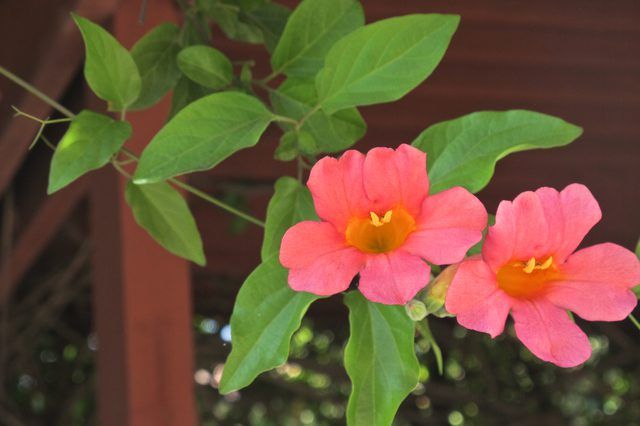
Things You'll Need
Watering can
Gloves
Disposable tablespoon
Water-soluble, 5-10-10 fertilizer
1-gallon container
Pruning shears
Wire cutters
Copper mesh screen
Tape measure
Water hose
Step 1
Check the soil around your horn-of-plenty and toloache plants regularly for moisture by poking your finger into the soil near their bases. When the upper 2 to 3 inches of soil feels dry to the touch, water the soil around the plants enough to wet it thoroughly to a depth of at least 6 inches.
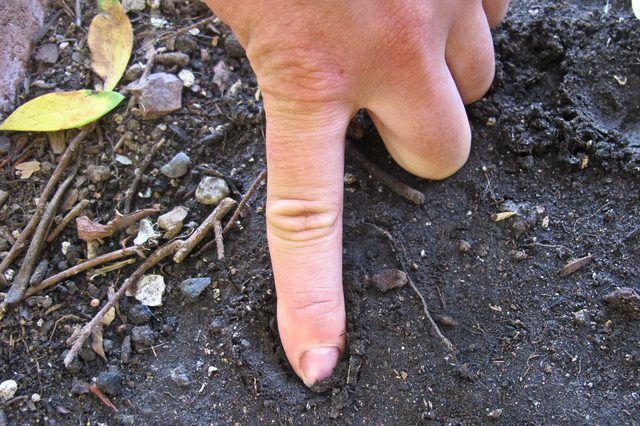
Step 2
Allow the plants to grow two to three weeks after they germinate before you begin fertilizing them. Wear gloves while handling fertilizer. Mix 1 tablespoon of water-soluble 5-10-10 fertilizer with enough water to wet the soil of potted horn-of-plenty and toloache plants thoroughly, and apply the mixture to the containers' soil once every two weeks. Mix 1 tablespoon of water-soluble 5-10-10 fertilizer per 1 gallon of water for each outdoor plant. Spread that mixture evenly on the ground beneath the foliage of each plant once every two to three weeks.
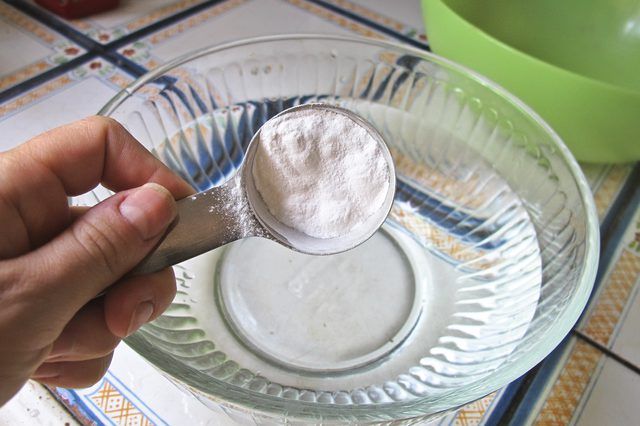
Step 3
Prune each plant's tip, where the initial leaves reside, several weeks after germination. Doing so encourages the development of healthy side stems and numerous flowers. Increase the flowers' size by pruning some of the developing flower buds before they open. Make each cut on the stem below each bud at a point just above the nearest side stem. Wear gloves while cutting, and thoroughly wash your hands and pruning shears afterward, removing all of the plants' toxic residue. Never eat without washing your hands after handling the plants.

Step 1
Check your horn-of-plenty and toloache plants for slugs when you water them, and remove all slugs by hand as they appear. If the plants suffer from a heavy slug infestation, look on the ground for rocks and other solid debris where slugs hide, and remove that debris.
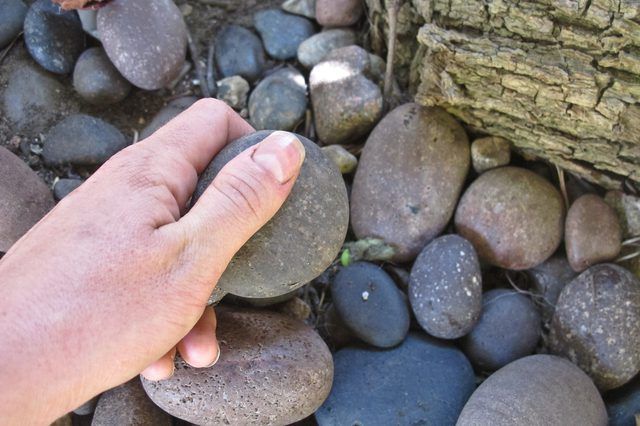
Step 2
Cut pieces of copper mesh screen into strips 4 inches wide and long enough for each strip to encircle the base of its respective plant if the plants have a severe slug infestation. Bury each strip 1 inch deep in a continuous band around the base of its plant. The copper strips are barrier that slugs cannot cross.
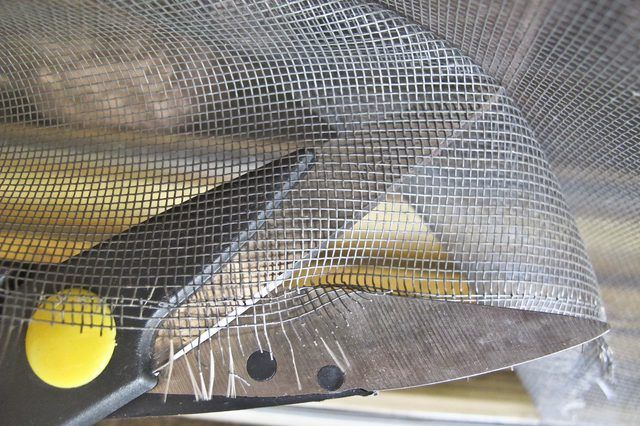
Step 3
Examine the plants' foliage for a stippled pattern and small patches of webbing. If you see these signs, check the underside of the plants' leaves carefully for spider mites. Blast spider mite-infested foliage with water from a water hose. A forceful jet of water dislodges and kills the minute pests. Keep your plants hydrated during dry summer weather to improve their ability to tolerate damage from these pests.
